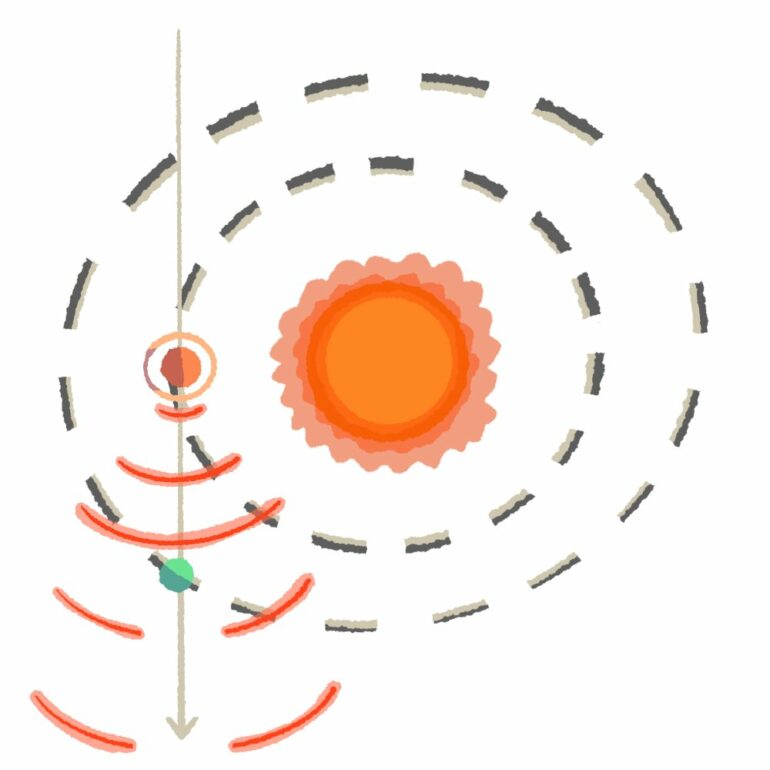Scientists at the SETI Institute and partners from Penn State University used the Allen Telescope Array (ATA) to search for signs of alien technology in the TRAPPIST-1 star system.
The team spent 28 hours scanning the system, looking for radio signals that could indicate extraterrestrial technology. This project marks the longest single-target search for radio signals from TRAPPIST-1. Although they didn’t find any evidence of extraterrestrial technology, their work provided valuable data and introduced a new way to search for signals in the future.
A paper describing the research is accepted for publication in the Astronomical Journal and is available online as a preprint. on the arXiv server.
“This research shows we are getting closer to detecting radio signals similar to the ones we send into space,” said Nick Tusay, a graduate student research fellow at Penn State University.
“Most searches assume some intent, like beacons, because our receivers have a sensitivity limit to a minimum transmitter power beyond anything we unintentionally send out. But, with better equipment, like the upcoming Square Kilometer Array (SKA), we might soon be able to detect signals from an alien civilization communicating with its spacecraft.”
The project focused on a phenomenon called planet–planet occultations (PPOs). PPOs happen when one planet moves in front of another. If intelligent life exists in that star system, radio signals sent between planets could leak and be detected from Earth.
Using the upgraded ATA, the team scanned a wide range of frequencies, looking for narrowband signals, which are considered possible signs of alien technology. The team filtered millions of potential signals, narrowing down to about 11,000 candidates for detailed analysis. The team detected 2,264 of these signals during predicted PPO windows. However, none of the signals were of non-human origin.
The ATA’s new capabilities, which include advanced software to filter signals, helped the team separate possible alien signals from Earth-based ones. They believe that refining these methods and focusing on events like PPOs could help increase the chances of detecting alien signals in the future.
“This project included work by undergraduate students in the 2023 SETI Institute Research Experience for Undergraduates (REU) program,” said Dr. Sofia Sheikh, a SETI researcher at the SETI Institute. “The students looked for signals from human-made orbiters around Mars to check if the system could detect signals correctly. It was an exciting way to involve students in cutting-edge SETI research.”
The TRAPPIST-1 system is a small, cool star about 41 light years from Earth. It has seven rocky planets, some of which are in the habitable zone, where conditions might allow liquid water to exist—an essential ingredient for life as we know it. This makes TRAPPIST-1 a prime target searching for life beyond Earth.
The team did not find any alien signals this time, but they will continue improving their search techniques and exploring other star systems. Future searches with bigger and more powerful telescopes could help scientists detect even fainter signals and expand our understanding of the universe.
More information:
Nick Tusay et al, A Radio Technosignature Search of TRAPPIST-1 with the Allen Telescope Array, arXiv (2024). DOI: 10.48550/arxiv.2409.08313
Citation:
Scientists use Allen Telescope Array to search for radio signals in the TRAPPIST-1 star system (2024, October 16)



